27 Amazing Facts About Household Objects
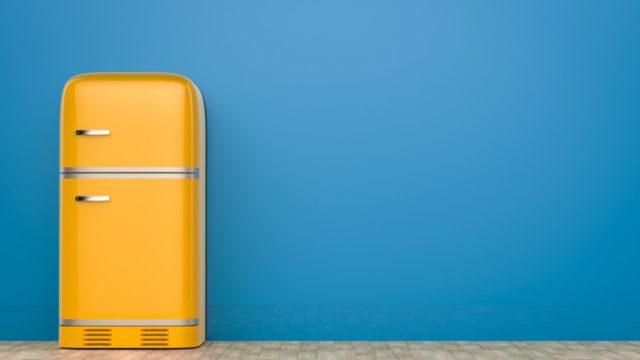
Home, as they say, is where the heart is. For most people, it’s the most intimate part of their lives—a place they know inside and out with a deep, comprehensive familiarity. But, though you may think you know every square inch of your home through-and-through, a deeper look will reveal plenty of hidden secrets that are sure to astonish you.
For instance, did you know that your floor plan might hold a long-hidden solution to weight-loss issues? Or that your home is likely also home to at least fifty bucks in spare change? And, most urgently, that there’s actually an answer to the age-old question: What’s the difference between “couches” and “sofas?” Herein, you’ll find the answers to all these pressing mysteries—and more.
1
Bubble Wrap Was Intended as Wallpaper

Sorry to burst your bubble, but this handy shipping material was not originally intended to help prevent breakage in packing. Instead, its creators—engineer Al Fielding and Swiss invetor Mar Chavannes—intended for it to serve as a kind of textured wallpaper (their original idea was to seal two shower curtains together to create the air bubbles. When it failed to sell, the creators marketed it as greenhouse insulation, which also failed. It took a marketer in 1959 to strike on the possibilities as a packaging material.
2
Refrigeration Was Pioneered for Booze
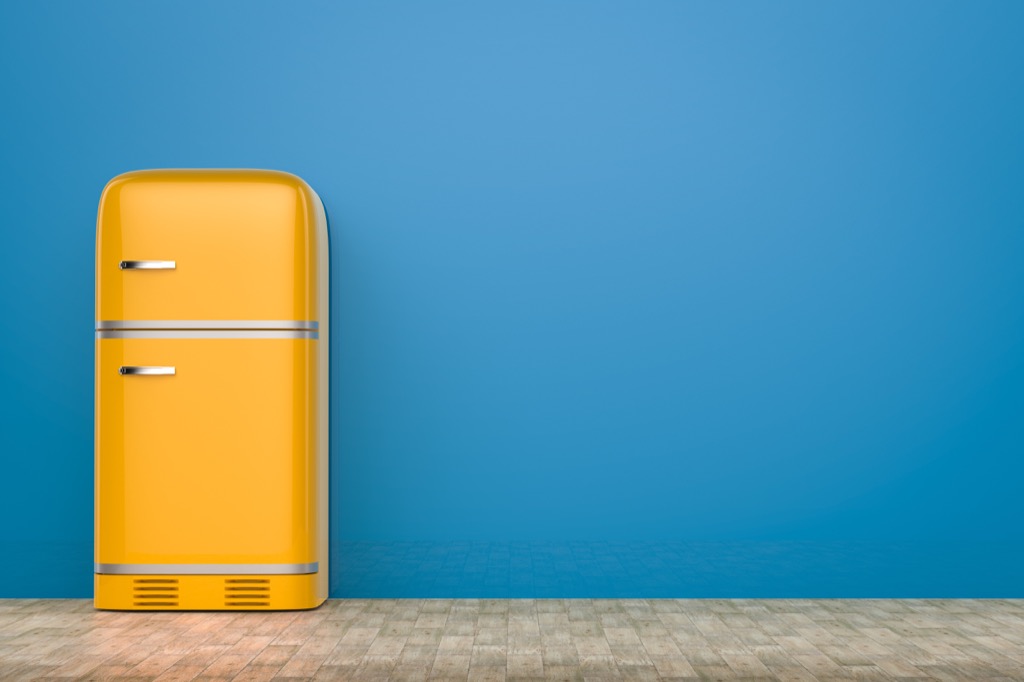
As you might expect, advances in refrigeration grew out of an effort to keep beer cold. Specifically, James Harrison, a Scottish-born journalist and the inventor of the first refrigerator (invented in the 1850s using ether), used it to chill beer, according to Tom Jackson, author of Chilled: How Refrigeration Changed the World and Might Do So Again.
3
There’s a Difference Between Couches and Sofas
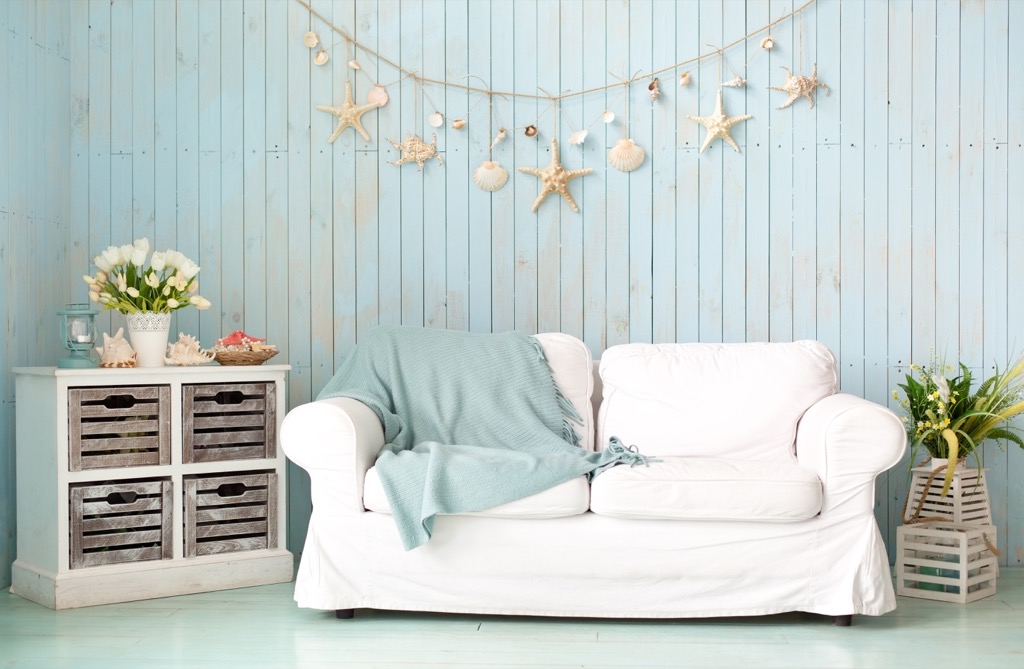
We use the two terms interchangeably, but coaches and sofas are two distinct things. To help define the difference, look no further than eBay, whose helpful selling guide helps sellers tell the difference between the two by defining the couch as “a piece of furniture with no arms used for lying” (even though that definition is slightly outdated) and coming from the French word “couche.”
Sofas come from the Arabic word “suffah,” referring to a wooden bench covered in cushions and blankets. That’s evolved to mean they are furniture for more formal occasions and seat four or more people, compared to the couch, which seats two to three.
4
Building Something Yourself Brings You More Joy Than Buying It
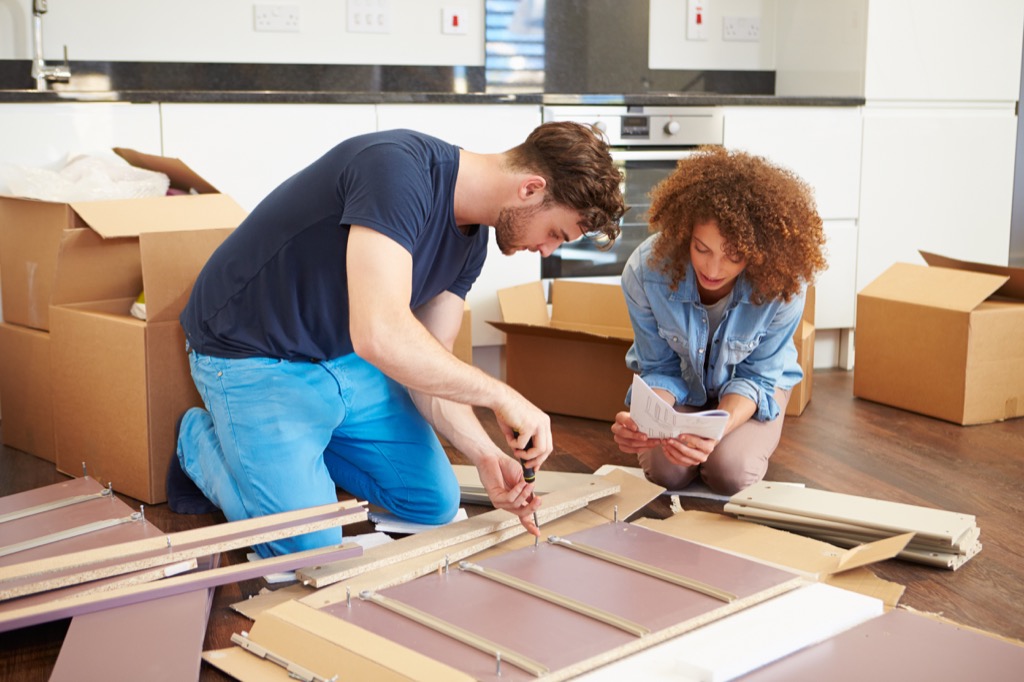
It’s called “the IKEA effect“—when you build something yourself, you value it more. That was the finding of a group of researchers from Harvard, Duke, and Tulane University, who found that when a group of subjects put in the effort to create three different, and fairly simple, objects—IKEA storage boxes, origami, and Lego models—they placed greater value on them. In many cases, they even overvalued the objects.
5
There’s More Money Lying Around Than You Realize

From inside your couch cushions to the piggy bank on your shelf to the coins in your pants pocket, you’ve accumulated a lot more change than you probably realize. Guess how much spare change you have around your home. According to Coinstar, you should probably double that guess—in a study the maker of change-conversion kiosks conducted, while consumers estimated they had an average of $28 lying around their home, the actual number when gathered and brought to the kiosk was $56.
6
Renting Makes You Happier Than Buying

The age-old question of whether it’s better to rent or buy a home was answered in a survey by The Telegraph newspaper, which asked 5,800 Brits about the subject, along with questions about stress levels, financial circumstances and more. It turns out that those renting were more likely to feel they had the right work/life balance compared to those who owned their homes.
7
Home Burglaries Are More Likely to Occur During the Day
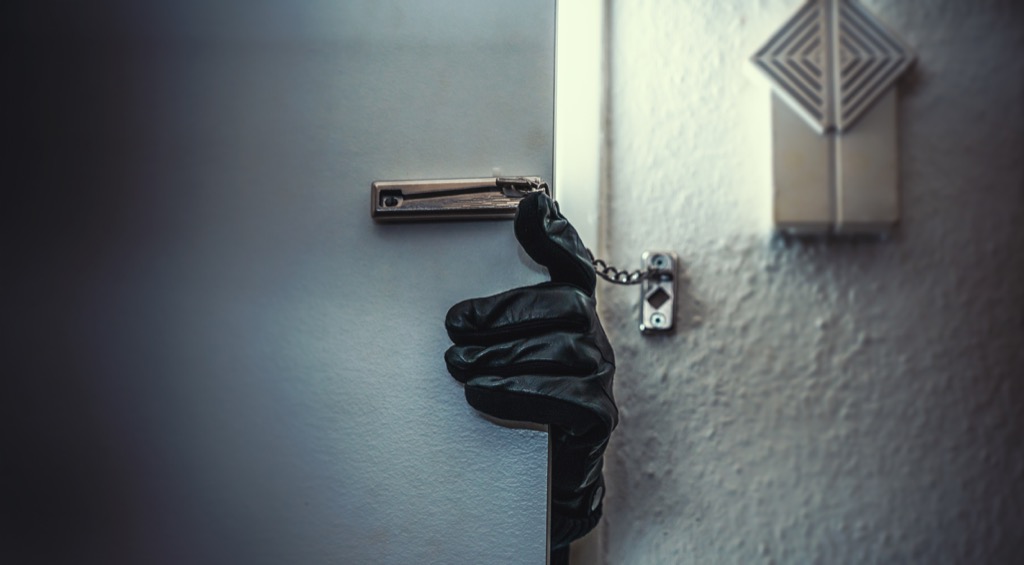
We usually think of home burglaries occurring in the cover of night, but in fact, homes are more likely to be subject to burglary while the sun is out. According to FBI Uniform Crime Reporting Statistics, burglaries were 6 percent more likely to occur between the hours of 6:00 a.m. and 6:00 p.m. (when residents were at work or running errands) than at night.
8
Shoes Were Once Seen as Ways to Fend Off Evil Spirits
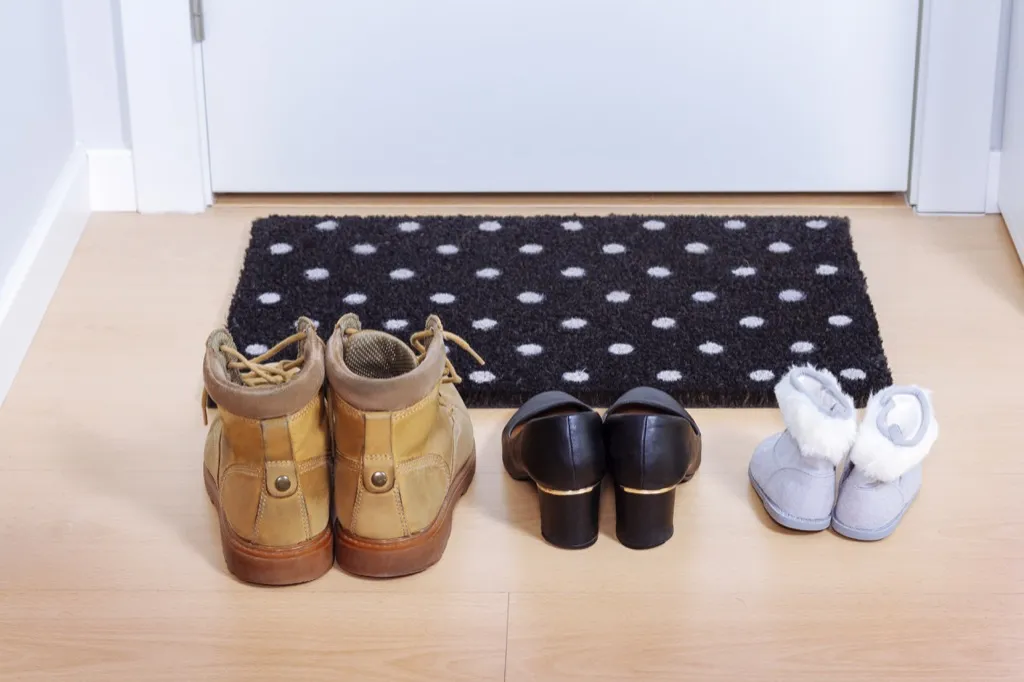
Europeans once stashed their shoes in walls, chimneys and under floors in an effort to fend off evil spirits. It wasn’t because they smelled bad—the shoes were seen to possess magical charms that served as protection. So many shoes were found in old buildings that the Northampton Museum and Art in the United Kingdom has created a Concealed Shoe Index to track these discoveries, tracking about 1,900 concealed shoes so far.
9
Red Doors Have Many Meanings
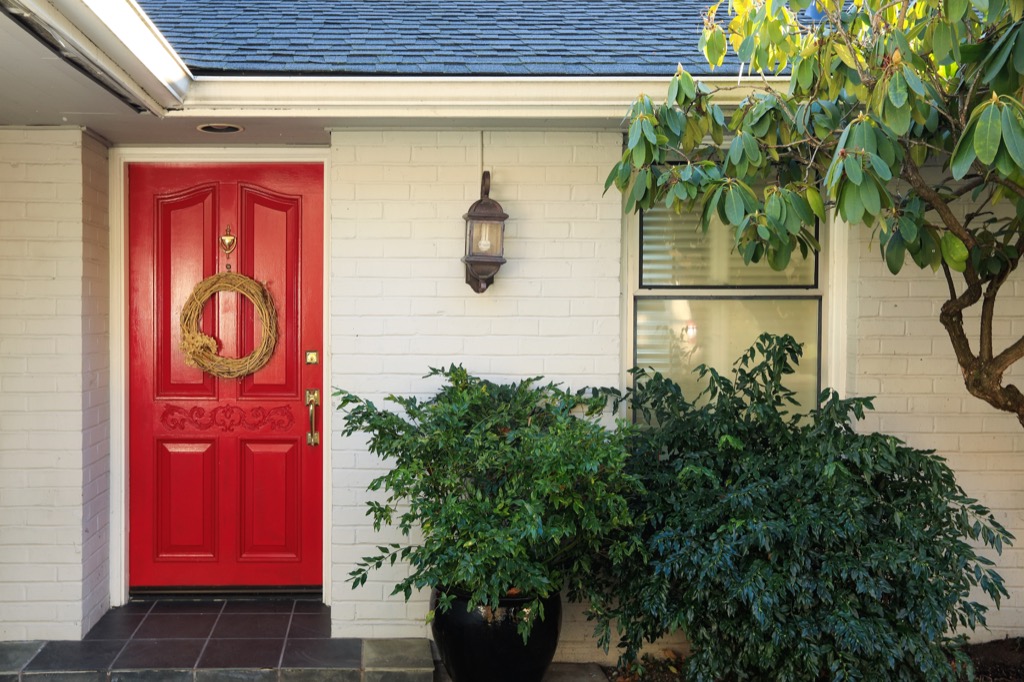
Fans of American Beauty have their theories about what the red door in the film (and a red door in general) was supposed to symbolize. But as it turns out, a red door can mean very different things depending on what country it’s in. In China, it symbolizes “welcome” in the Feng Shui tradition, while in Scotland it historically meant that the person living there had paid off their mortgage.
10
A Messy Home Might Help Stoke Creativity

In areas where you get creative—your home office, workshop, or kitchen—researchers have found that clutter can enhance creativity. In several experiments, subjects were asked to complete creative tasks—complete a puzzle, take a “Remote Associates Test,” and create a drawing—in a cluttered room and a pristine one. Those in the messy room completed the puzzle fastest, scored highest on the Remote Associates Test, and earned the best marks from the drawing-judging panel.
11
Before Varnishes, We Used Bug Secretion
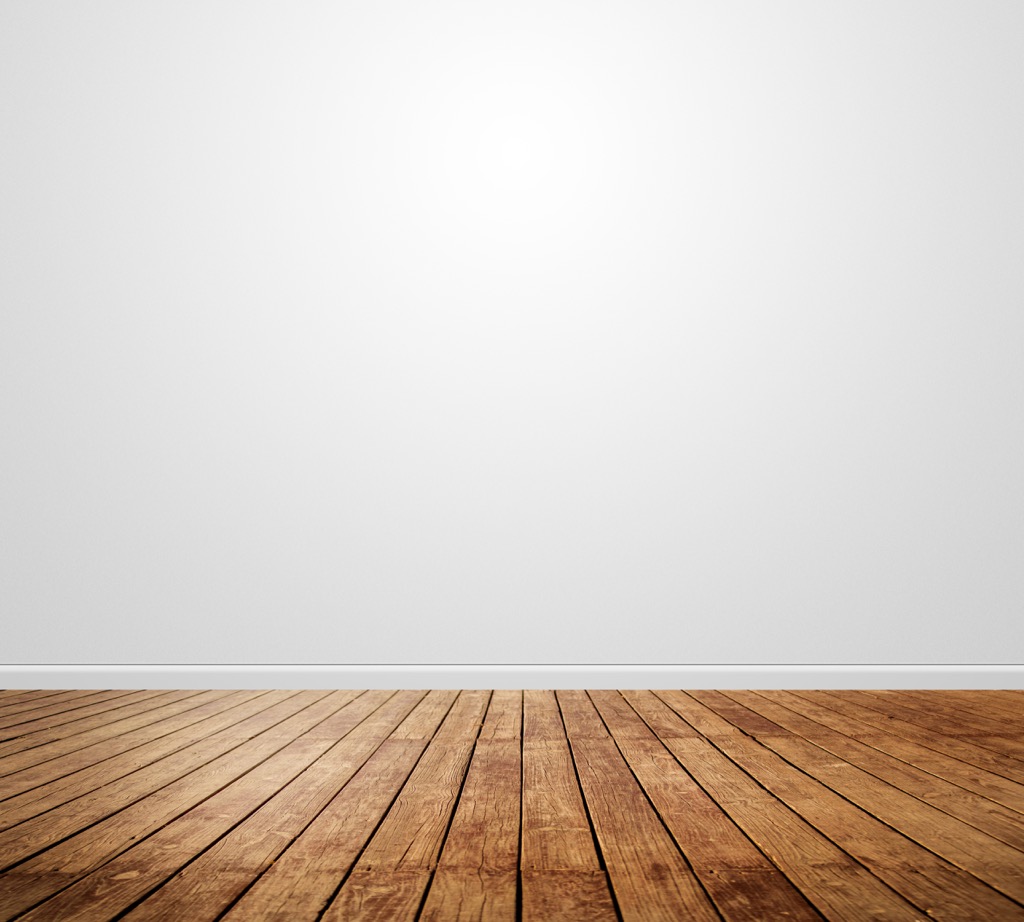
Before homeowners used varnishes and polyurethane finishes for waxing their hardwood floors, they used bugs. Specifically, a secretion from the lac bug of India and Thailand, which when dissolved in alcohol creates liquid shellac, the go-to floor finish throughout the western world in the 19th and early 20th century. It would be replaced by nitrocellulose lacquer by the 1930s, but before that bugs kept floors shiny.
12
Charles Darwin Invented the Office Chair

Charles Darwin didn’t just study evolution, he helped engineer it—at least when it comes to office furniture. The researcher is credited as being one of the first people to add wheels to his chair, making it easy to shift from observing specimens to writing. Always seeking ways to do things as efficiently as possible, Darwin loved the adaptation—but it would take a few more decades before it would catch on more broadly. And if you’re looking for some awesome thrones to do your work in, check out the The 15 Best Upscale Office Chairs Executives Swear By.
13
Your Floor Plan Might Be Making You Fat

While HGTV is all about open-concept kitchens, architecture and design researchers have found that those with closed-floor plans are likely to eat less than those who have no walls between their dining area and kitchen. Presumably this is because it’s that much easier to see (and get at) the food available—and to smell and be tempted by whatever’s cooking.
14
Most Toilets Flush in E Flat
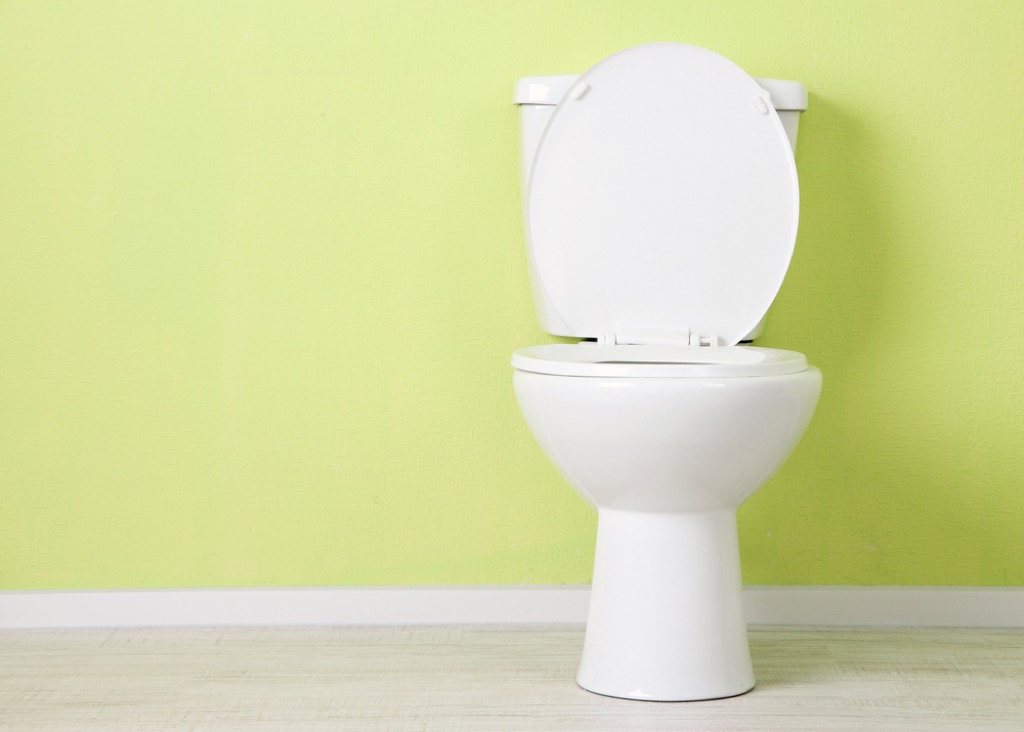
Sharp-eared bathroom users may have noticed that the distinctive sound of a toilet flushing corresponds with the E Flat note.
15
Refrigerators Have Warm and Cold Spots

If you think all of your refrigerator is one consistent temperature, think again—depending on the model, the amount of chill in the fridge can vary widely. For example, a study conducted by CNET found temperatures could range in French-door models from 32.8º to as high as 50.7º Fahrenheit.
16
Toilet Paper Was at First Viewed with Suspicion
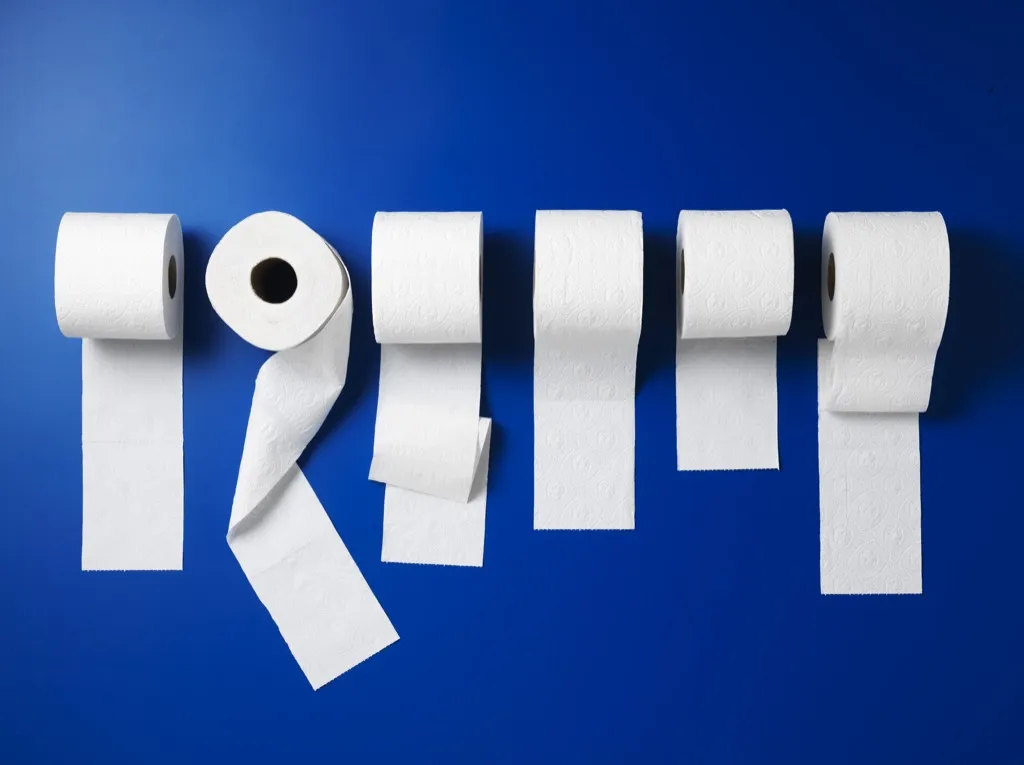
Before the “roll out” of a more convenient way to take care of business, Americans generally used old newspapers and catalogs for the purpose. When inventor Joseph Gayetty introduced bathroom tissue (at the time sold in packs of flat, single sheets), most thought it was a wasteful use of brand-new paper. Eventually a British inventor came on the idea of selling it in rolls and by the 1880s, it enjoyed wide popularity.
17
The Longest Anyone’s Ironed in One Go Is 100 Hours
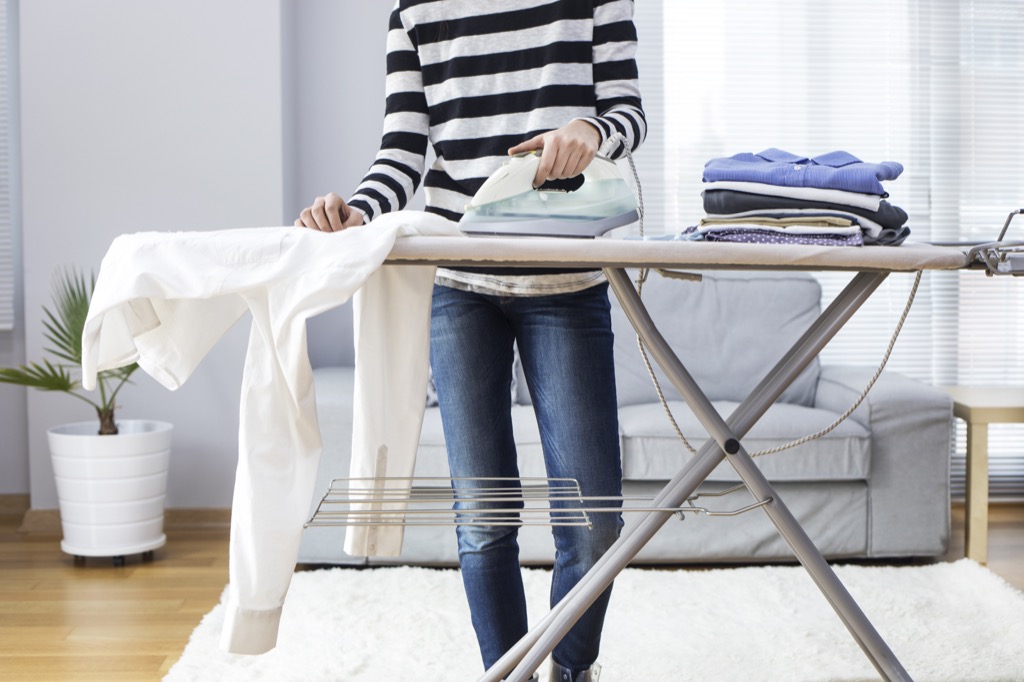
If you find ironing your shirt in the morning to be time-consuming, you should hear how Gareth Sanders spends his time. The Brit holds the world record for longest time spent non-stop ironing at 100 hours (which added up to about 2,000 items of clothing, with no more than 30 seconds of pausing between each item). “It’s been a lot harder than I expected,” he said when he broke the record, in 2015. “Sleep deprivation has been the hardest bit by far, as the longest I’ve slept has been about 12 minutes.”
18
Goats Make Great Lawn Mowers

For those who like their lawn mowers with a bit of a personality, the company California Grazing has the answer: goats. The organization rents out its more than 800 “environmentally friendly, self-propelled weed eaters” to those looking for an entertaining way to maintain their yard. Companies as big as Google have used their service, and according to the company, the hoofed helpers reduce water pollution, prevent wildfires and reduce lawnmower emissions.
19
We Don’t Know Exactly How Microwaves Heat Food
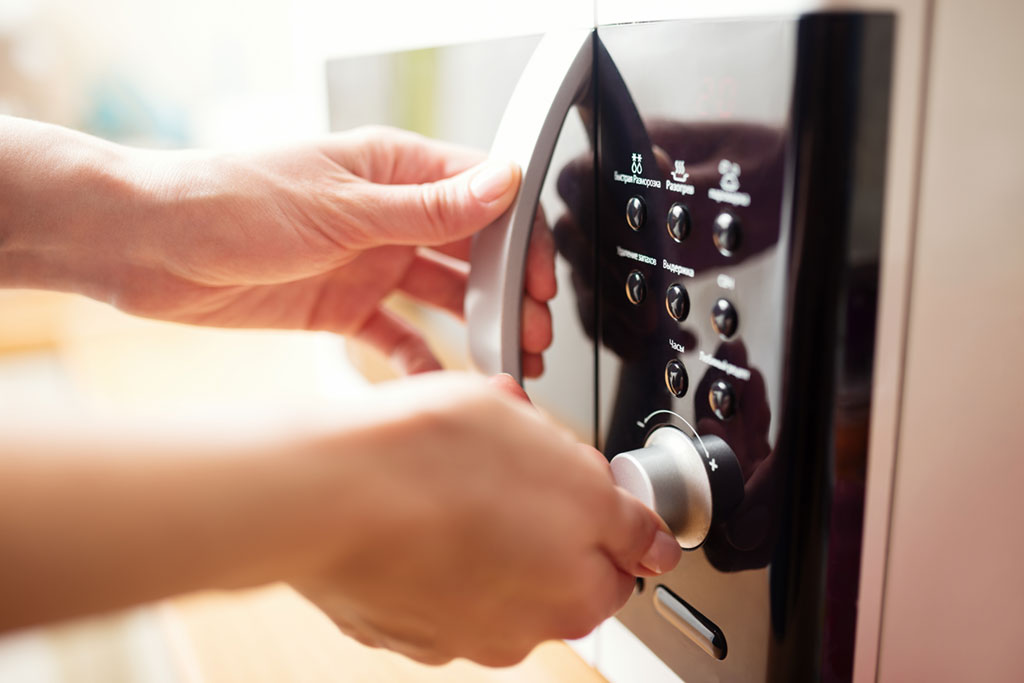
You’d think we’d have figured this out before almost every household bought one, but there is some disagreement over how exactly microwave ovens heat food. While the general belief is that particles in the food (especially water) absorb energy from the waves through a process called dielectric heating, some scientists maintain that it is due to other interactions between the particles that cause the increase in temperature. However, if you’re looking for the best way to heat your leftovers, This Is the Safest Way to Heat Food in a Microwave.
20
Some Hardwood Floors Lighten With Age, Others Darken
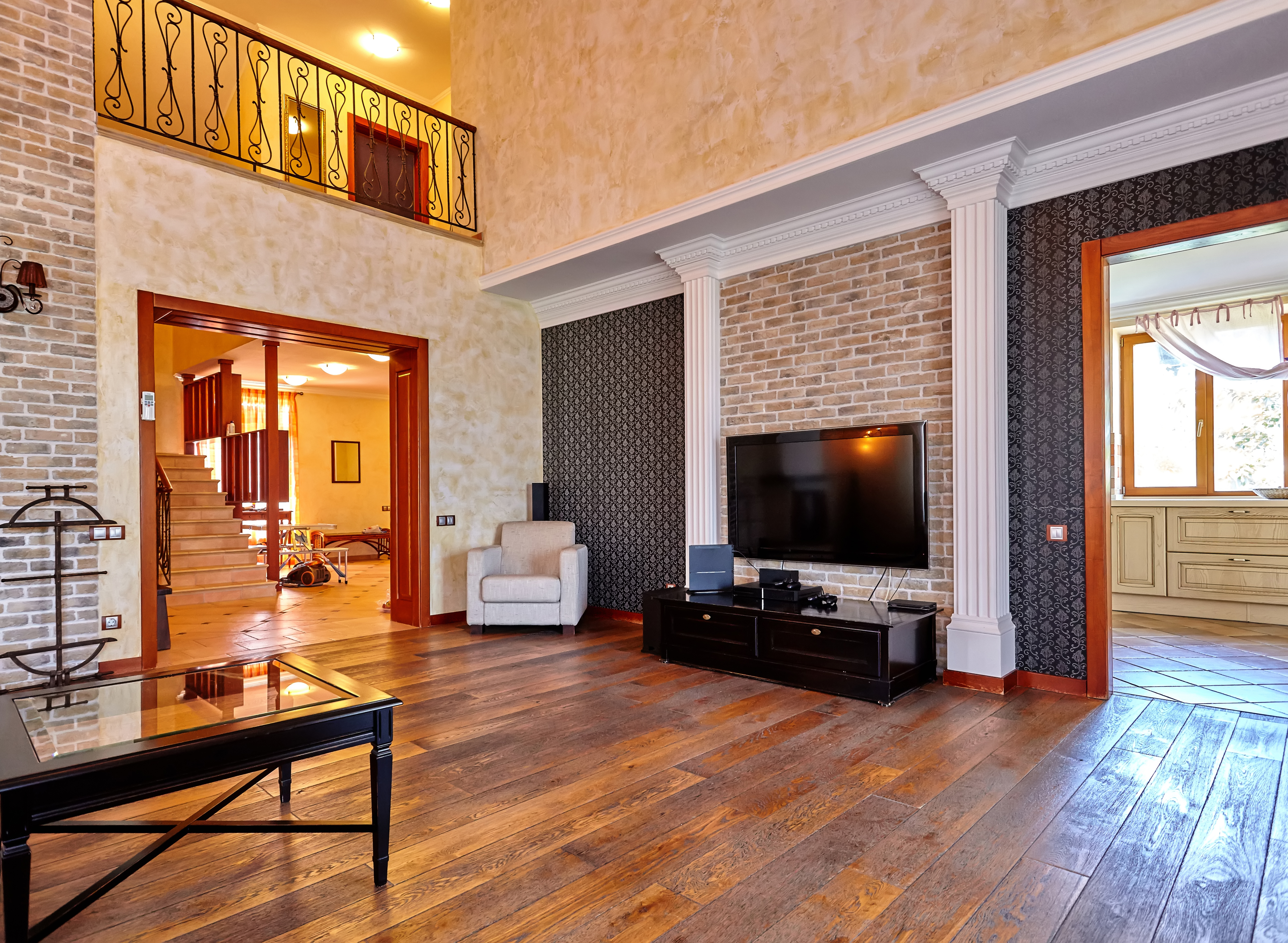
You might assume that scuffs and wear on a hardwood floor would darken it over time, but depending on the type of wood, it might get lighter. Woods like oak, maple, and ash turn yellow as they are exposed to the sun’s ultraviolet rays while materials like cherry, walnut and kempas go darker.
21
Couches May Look Much Cooler in the Future
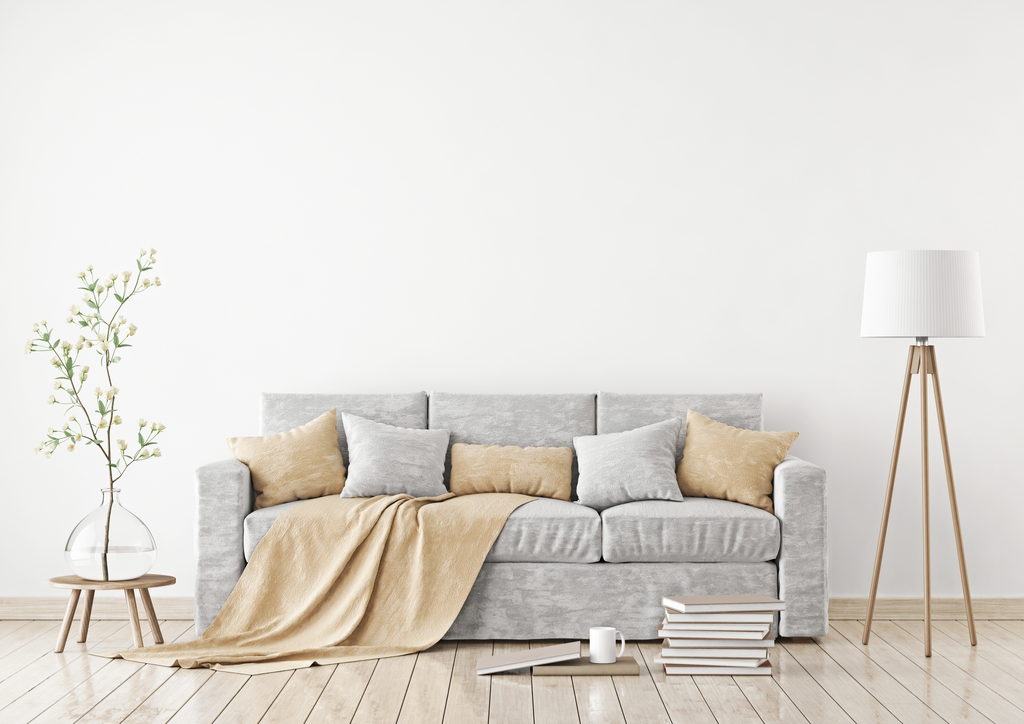
That standard couch design you’re used to might be totally turned on its head in coming years. Designers have come up with some very inventive approaches to couches that could be coming to a department store near you soon. To name just a couple, there is the shape-shifting Sosia multifunctional sofa bed; the modular Multipo that can become a bed, table, or couch depending on your needs; or the Anima Causa seating system made of adjustable foam balls.
22
Refrigerators Were a Means for Selling Electricity
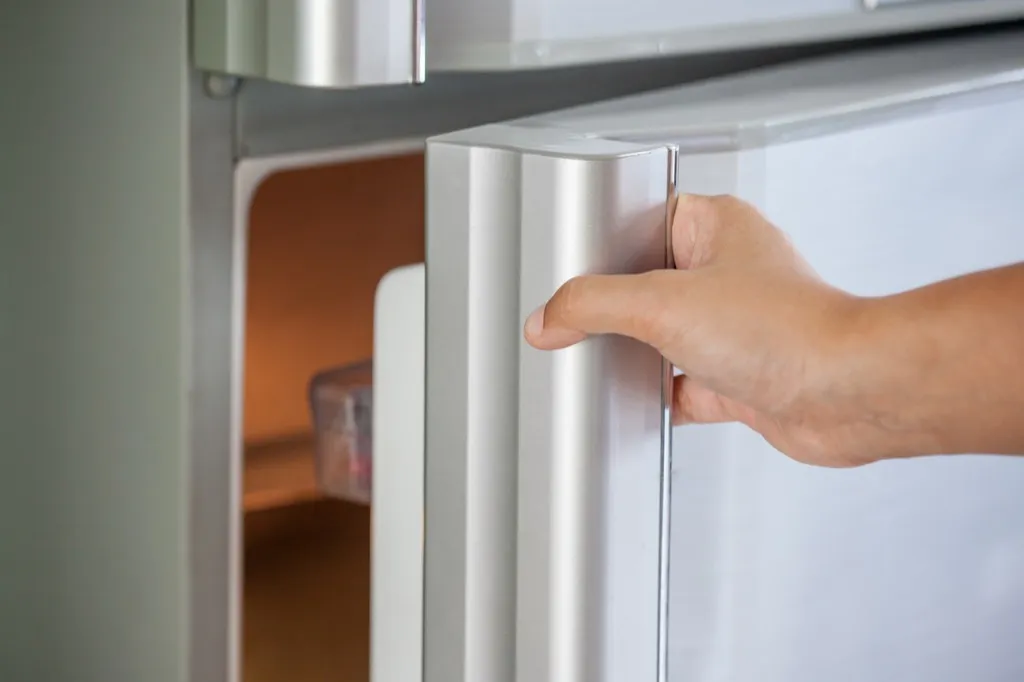
General Electric got into the refrigerator business in 1911—acquiring the rights to electric refrigerator developed by Abbé Marcel Audiffren—not to sell the appliances, but to sell the electricity they required. Since the machines required constant power, it meant a steady income for the electric company, and, as Jonathan Rees puts it in his book Refrigerator, “Ultimately, GE only started to build refrigerators in the hopes that the power they consumed would help the firm’s electrical utilities division.”
23
Sofa Beds Date Back to the 19th Century
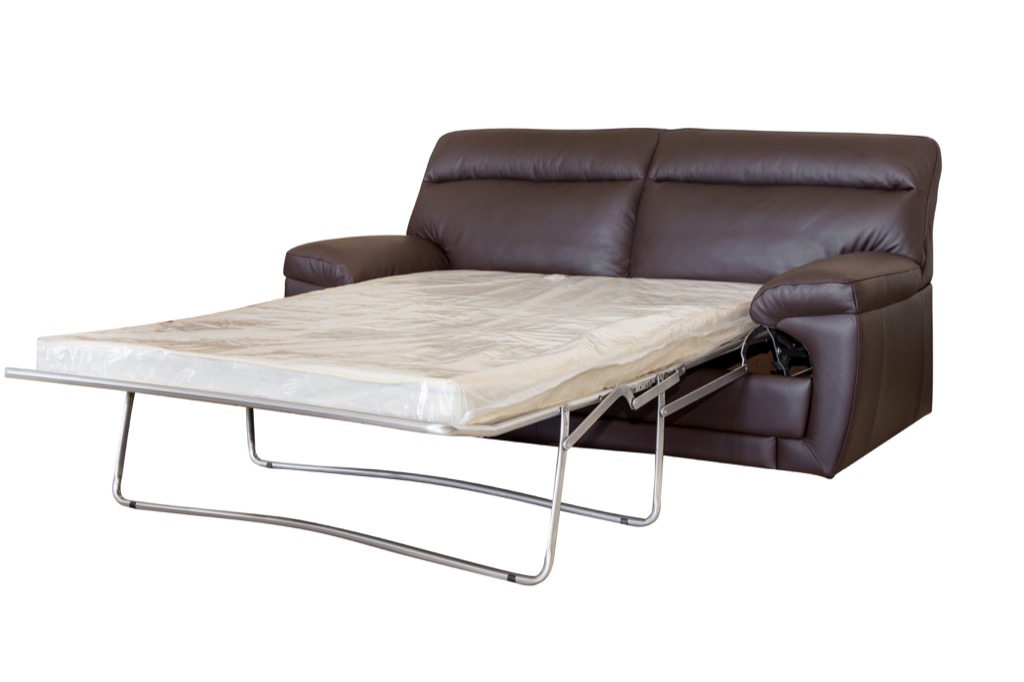
While the pull-out couch seems like a relatively modern invention, in fact sofa beds date back to the Victorian era. As one tastemaker of the era put it, sofa beds, “are particularly convenient in a house where the number of bedrooms is limited . . . enabling the mistress of the house, when her hospitality is severely taxed, to turn a dressing room into a bedroom at a moment’s notice.”
24
Dublin’s Colorful Doors Hide a Message

As Dublin, Ireland, grew prosperous in the early 18th century, fancy new Georgian homes began popping up, with strict architectural guidelines that limited the design choices inhabitants could make. One area residents could set themselves apart? The color of their doors, leading to a wide range of eye-catching entryways (some accounts suggest this was done as a protest following Queen Victoria’s death when the Irish were told to paint their doors black, but this is almost definitely a myth).
25
Keeping a Refrigerator Full Doesn’t Use Less Energy

If you’re trying to save some money on your electricity bill, picking up some extra groceries is not going to do it. While the myth persists that a full fridge uses less energy, according to researcher Jacob Talbot of the nonprofit American Council for an Energy-Efficient Economy, “A full refrigerator doesn’t decrease energy use.” Instead, he suggests focusing on checking the seals on the door to prevent leaks and keeping the unit between 36º and 38º Fahrenheit.
26
Showers Use Less Water Than Baths

Filling a tub turns out to be more wasteful approach than a quick power shower. A typical bathtub holds 42 gallons of water, a low-flow shower just uses about two gallons of water a minute. So a 10-minute shower will just use about 20 gallons, compared to the (at least) more than 30 gallons to fill a tub most of the way.
27
A Steel Ball Is Used to Measure the Hardness of Hardwood Floors

How hard is a hardwood floor? Those looking to answer that question use the Janka hardness test, which measures the force required to embed a 0.444-inch (11.28mm) steel ball exactly halfway into the wood, measuring by pounds-force (lbf). According to this method, the hardest wood is Australian buloke, which requires 5,060 lbf to pass the Janka test. The softest wood ever measured, at just 22 lbf, is balsa.